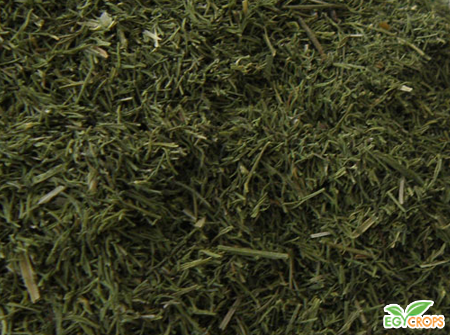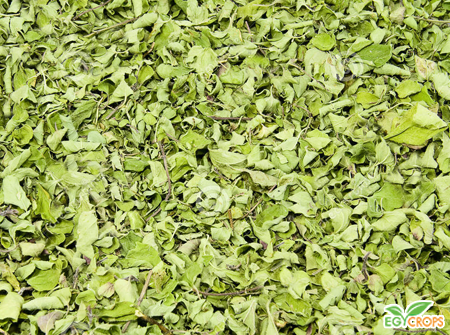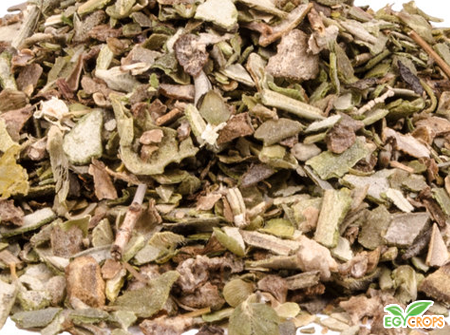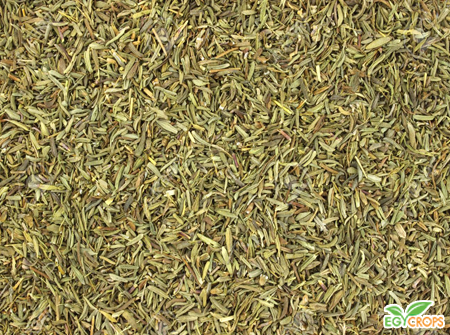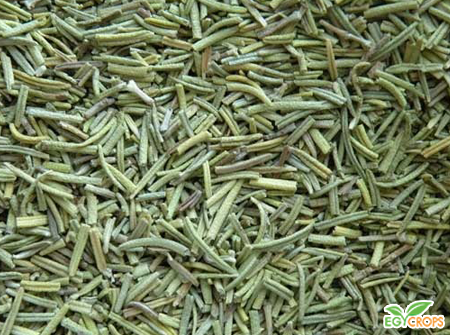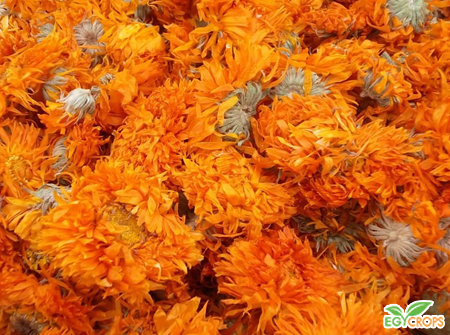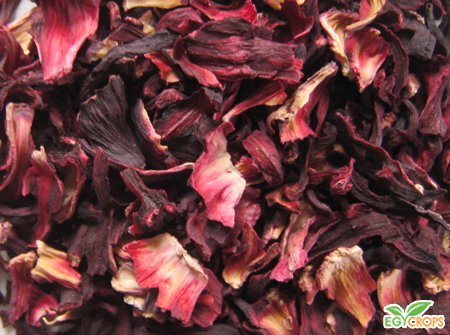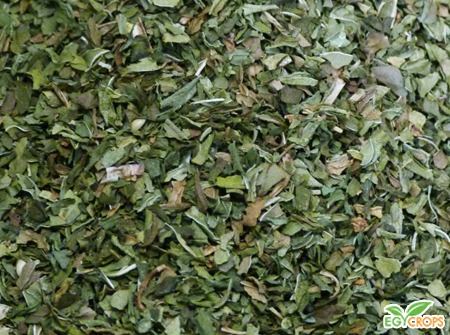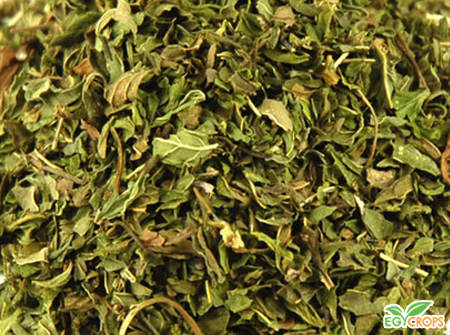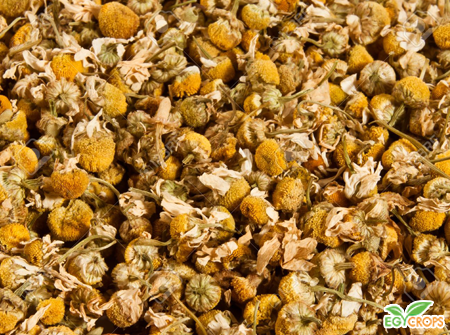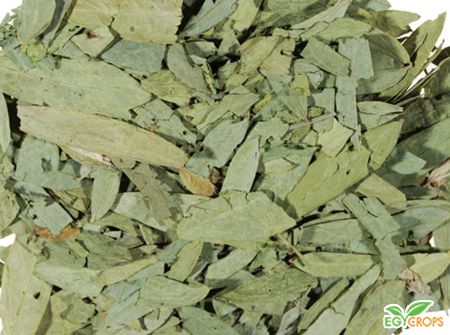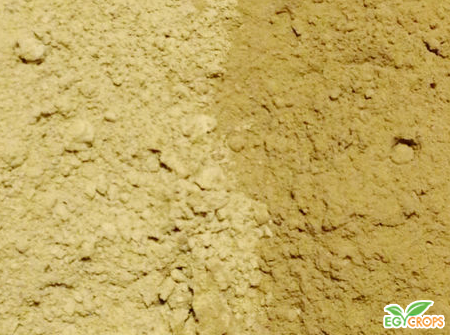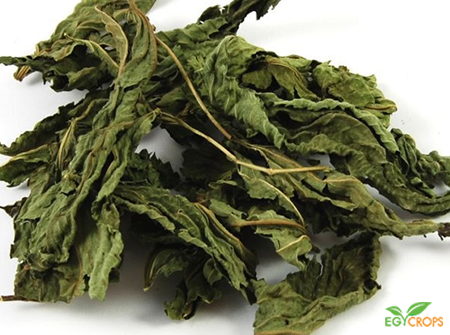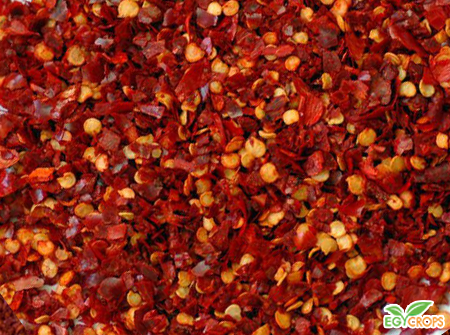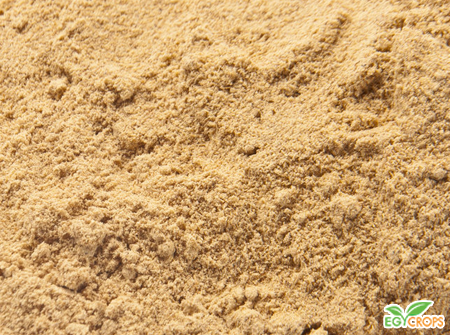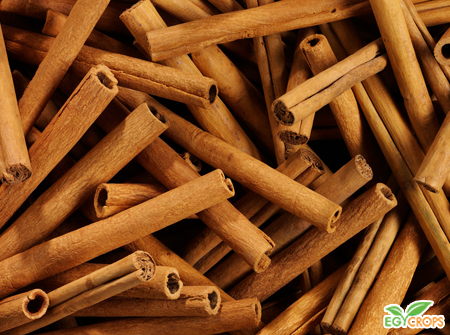Herbs
-
[x] Close
BASIL
/OCIMUM BASILICUM/
Basil, also called great basil or Saint- Joseph's-wort, is a culinary herb of the family Lamiaceae (mints). It is also called the "king of herbs" and the "royal herb". The name "basil" comes from Greek βασιλικόν φυτόν (basilikón phutón), "royal/kingly plant”. Depending on the species and cultivar, the leaves may taste somewhat like anise, with a strong, pungent, often sweet smell.
H.S. Code: 12119094
-
[x] Close
DILL
/ANETHUM GRAVEOLENS/
Dill grows up to 40–60 cm (16–24 in), with slender hollow stems and alternate, finely divided, softly delicate leaves 10–20 cm (3.9–7.9 in) long. The ultimate leaf divisions are 1–2 mm (0.039–0.079 in) broad, slightly broader than the similar leaves of fennel, which are threadlike, less than 1 mm (0.039 in) broad, but harder in texture.Fresh and dried dill leaves (sometimes called "dill weed" to distinguish it from dill seed) are widely used as herbs in Europe and central Asia.
H.S. Code: 07129090
-
[x] Close
PARSLEY
/PETROSELINUM CRISPUM/
Parsley or garden parsley is a species of Petroselinum in the family Apiaceae, native to the central Mediterranean region, naturalized elsewhere in Europe, and widely cultivated as a herb, a spice, and a vegetable.. Parsley is widely used in European, Middle Eastern, and American cooking. Curly leaf parsley is often used as a garnish. In central Europe, eastern Europe and southern Europe, as well as and in western Asia, many dishes are served with fresh green chopped parsley sprinkled on top.
H.S. Code: 12119094
-
[x] Close
OREGANO
/ORIGANUM VULGARE/
Oregano is a flowering plant in the mint family (Lamiaceae). It is native to temperate western and southwestern Eurasia and the Mediterranean region. Oregano is an important culinary herb, used for the flavour of its leaves, which can be more flavourful when dried than fresh. It has an aromatic, warm, and slightly bitter taste, which can vary in intensity. Good-quality oregano may be strong enough almost to numb the tongue, but cultivars adapted to colder climates often have a lesser flavor. Factors such as climate, season, and soil composition may affect the aromatic oils present, and this effect may be greater than the differences between the various species of plants.
H.S. Code: 07129050
-
[x] Close
THYME
/THYMUS VULGARIS/
Thyme is an evergreen herb with culinary, medicinal, and ornamental uses. Thyme is of the genus Thymus of the mint family (Lamiaceae), and a relative of the oregano genus Origanum. Ancient Egyptians used thyme for embalming. The ancient Greeks used it in their baths and burnt it as incense in their temples, believing it was a source of courage. The spread of thyme throughout Europe was thought to be due to the Romans, as they used it to purify their rooms and to "give an aromatic flavour to cheese and liqueurs".
H.S. Code: 12119099
-
[x] Close
ROSEMARY
/ROSMARINUS OFFICINALIS/
Rosemary perennial herb with fragrant, evergreen, needle-like leaves and white, pink, purple, or blue flowers, native to the Mediterranean region. It is a member of the mint family Lamiaceae, which includes many other herbs. Since it is attractive and drought-tolerant, rosemary is used as an ornamental plant in gardens and for xeriscape landscaping, especially in regions of Mediterranean climate. It is considered easy to grow and pest-resistant. Fresh or dried leaves are used in traditional Italian cuisine. They have a bitter, astringent taste and a characteristic aroma which complements many cooked foods. Herbal tea can be made from the leaves.
H.S. Code: 12119094
-
[x] Close
CALENDULA
/CALENDULA OFFICINALIS/
Calendula is a genus of about 15–20 species[ of annual and perennial herbaceous plants in the daisy family Asteraceae that are often known as marigolds. They are native to southwestern Asia, western Europe, Macaronesia, and the Mediterranean. Calendula species have been used traditionally as culinary and medicinal herbs. The petals are edible and can be used fresh in salads or dried and used to color cheese or as a replacement for saffron. A yellow dye has been extracted from the flowers.
H.S. Code: 06049900
-
[x] Close
HIBISCUS
/HIBISCUS ROSA-SINENSIS/
Hibiscus is a genus of flowering plants in the mallow family, Malvaceae. The genus is quite large, comprising several hundred species that are native to warmtemperate, subtropical and tropical regions throughout the world. The leaves are alternate, ovate to lanceolate, often with a toothed or lobed margin. The flowers are large, conspicuous, trumpetshaped, with five or more petals, colour from white to pink, red, orange, peach, yellow or purple, and from 4–18 cm broad. Hibiscus rosa-sinensis is described as having has a number of medical uses in Chinese herbology.
H.S. Code: 12119029
-
[x] Close
MARJORAM
/ORIGANUM MAJORANA/
Marjoram is a somewhat cold-sensitive perennial herb or under-shrub with sweet pine and citrus flavours. In some Middle Eastern countries, marjoram is synonymous with oregano, and there the names sweet marjoram and knotted marjoram are used to distinguish it from other plants of the genus Origanum. Marjoram is indigenous to Cyprus and southern Turkey, and was known to the Greeks and Romans as a symbol of happiness. Marjoram is cultivated for its aromatic leaves, either green or dry, for culinary purposes; the tops are cut as the plants begin to flower and are dried slowly in the shade. It is often used in herb combinations such as herbes de Provence and za'atar. The flowering leaves and tops of marjoram are steam-distilled to produce an essential oil that is yellowish in colour (darkening to brown as it ages).
H.S. Code: 07129050
-
[x] Close
PEPPERMINT
/MENTHA × PIPERITA /
Peppermint (also known as M. balsamea Willd.) is a hybrid mint, a cross between watermint and spearmint. The plant, indigenous to Europe and the Middle East, is now widespread in cultivation in many regions of the world. It is found wild occasionally with its parent species. Peppermint was first described in 1753 by Carl Linnaeus from specimens that had been collected in England; he treated it as a species, but it is now universally agreed to be a hybrid. It is a herbaceous rhizomatous perennial plant growing to 30–90 cm (12–35 in) tall, with smooth stems, square in cross section. Peppermint has a high menthol content. The oil also contains menthone and carboxyl esters, particularly menthyl acetate. Dried peppermint typically has 0.3–0.4% of volatile oil containing menthol (7–48%), menthone (20–46%), menthyl acetate (3–10%), menthofuran (1–17%) and 1,8-cineol (3–6%).
H.S. Code: 33012400
-
[x] Close
SPEARMINT
/MENTHA SPICATA/
Spearmint is a species of mint native to much of Europe and Asia (Middle East, Himalayas, China etc.), and naturalized in parts of northern and western Africa, North America, and South America, as well as various oceanic islands. Spearmint grows well in nearly all temperate climates. Gardeners often grow it in pots or planters due to its invasive, spreading rhizomes. The plant prefers partial shade, but can flourish in full sun to mostly shade. Spearmint is best suited to loamy soils with abundant organic material. Spearmint leaves can be used fresh, dried, or frozen. They can also be preserved in salt, sugar, sugar syrup, alcohol, or oil. The leaves lose their aromatic appeal after the plant flowers. It can be dried by cutting just before, or right (at peak) as the flowers open, about one-half to three-quarters the way down the stalk (leaving smaller shoots room to grow).
H.S. Code: 12119070
-
[x] Close
CHAMOMILE
/MATRICARIA CHAMOMILLA/
Chamomile or camomile is the common name for several daisy-like plants of the family Asteraceae that are commonly used to make herb infusions to serve various medicinal purposes. Popular uses of chamomile preparations include treating hay fever, inflammation, muscle spasms, menstrual disorders, insomnia, ulcers, gastrointestinal disorders, and haemorrhoids. A number of other species' common names include the word "chamomile". This does not mean they are used in the same manner as the species used in the herbal tea known as "chamomile."
H.S. Code: 21069099
-
[x] Close
SENNA
/CASSIA SENNA/
Senna is a natural medicine containing sennosides that are derived from the leaves of the senna plant. Sennosides irritate the lining of the bowel causing a laxative effect. Senna has been used in alternative medicine as a laxative and an aid to treat constipation. Not all uses for senna have been approved by the FDA. It should not be used in place of medication prescribed for you by your doctor. Senna should not be used in place of medication prescribed for you by your doctor.
H.S. Code: 12119022
-
[x] Close
HENNA
/LAWSONIA INERMIS/
Henna, also known as hina, the henna tree, the mignonette tree, and the Egyptian privet) is a flowering plant and the sole species of the Lawsonia genus. The name henna also refers to the dye prepared from the plant and the art of temporary body art (staining) based on those dyes. Historically, henna was found to be used in the Arabian Peninsula, South Asia, parts of South East Asia, Carthage and other parts of North Africa, and the Horn of Africa. Bridal henna nights remain an important custom in many of these areas, particularly among traditional families. Henna has been used as a cosmetic hair dye for 6,000 years. In Ancient Egypt, it is known to have been worn.
H.S. Code: 33049990
-
[x] Close
MULUKHIYAH
/CORCHORUS OLITORIUS/
Mulukhiyah is the leaves of Corchorus olitorius commonly known as Nalta jute and tossa jute.It is used as a vegetable. It is popular in Middle East, East African and North African countries. Mulukhiyyah is rather bitter, and when boiled, the resulting liquid is a thick, highly mucilaginous broth; it is often described as "slimy", rather like cooked okra. While most scholars are of the opinion that mulukhiya's origins lie in Egypt, there are also those who believe India to have been the source.
H.S. Code: 12099990
-
[x] Close
CHILI
/CAPSICUM ANNUM/
Chili is the dried, pulverized fruit of one or more varieties of chili pepper, sometimes with the addition of other spices (also sometimes known as chili powder blend). It is used as a spice to add pungency or piquancy and flavor to dishes. Chili powder is sometimes known by the specific type of chili pepper used (such as cayenne pepper). It is used in many different cuisines, including Tex-Mex, Indian, Chinese, Thai, and Korean. Chili powder blend is composed chiefly of chili peppers and blended with other spices including cumin, oregano, garlic powder, and salt.
H.S. Code: 09042211
-
[x] Close
GINGER
/ZINGIBER OFFICINALE/
Ginger is a flowering plant whose rhizome, ginger root or simply ginger, is widely used as a spice or a folk medicine. Ginger produces a hot, fragrant kitchen spice. They can be steeped in boiling water to make ginger tisane, to which honey is often added; sliced orange or lemon fruit may be added. Ginger can be made into candy, or ginger wine, which has been made commercially since 1740. Fresh ginger can be substituted for ground ginger at a ratio of six to one, although the flavours of fresh and dried ginger are somewhat different. Powdered dry ginger root is typically used as a flavouring for recipes such as gingerbread, cookies, crackers and cakes, ginger ale, and ginger beer.
H.S. Code: 09101210
-
[x] Close
CINNAMON
/CINNAMOMUM VERUM/
Cinnamon is a spice obtained from the inner bark of several trees from the genus Cinnamomum that is used in both sweet and savoury foods. The term "cinnamon" also refers to its midbrown colour. Cinnamon has been known from remote antiquity. It was imported to Egypt as early as 2000 BCE, but those who report it had come from China confuse it with cassia. Cinnamon was so highly prized among ancient nations that it was regarded as a gift fit for monarchs and even for a god.
H.S. Code: 09109929


